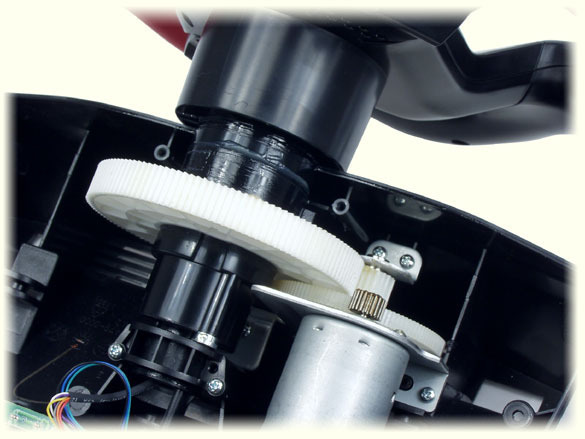PC Racing: Much Easier With A Steering Wheel!
Force Feedback
Now we come to the most controversial issue for PC racing wheel players. Do you need force feedback or not? Before going any further, we'll just give a rundown on the technology itself. The game emits signals to the wheel so that it can respond to the situation. A classic example is the shock that you should feel in the wheel. Or, if you hit a bump, the wheel should vibrate.
So there are two aspects here - the game should handle such effects realistically, and the wheel should be able to respond accordingly. In flight simulation, force feedback has never been convincing because the real-life model is far too complex for game developers to be able to render the effects properly. In a car, it's a bit easier. The best games can reproduce the driving surface, collisions and, for some, the effect of skidding in a vehicle that under- or over-corrects. The wheel does this with a motor and sprocket system, which is now used by all manufacturers. Logitech previously used a cable system, but the effects and the cost ultimately defeated this effort. The gear-wheel system is fairly simple. A wheel driven by a motor turns the wheel axis in one direction or the other. You can feel this on all force feedback wheels because the gear movement is always perceptible when you turn the wheel.
So what does force feedback quality depend on? First of all, the motor needs to be powerful and precise, capable of a strong drag or tiny vibrations when steering quickly in all directions. Secondly, the gear-wheel systems need to be sturdy and precise, and this is where they often fail, because they are usually made of plastic and therefore tend to wear out. A good force feedback wheel needs to be strong, able to return big slams and yet transmit the smallest change in surface.
Get Tom's Hardware's best news and in-depth reviews, straight to your inbox.
